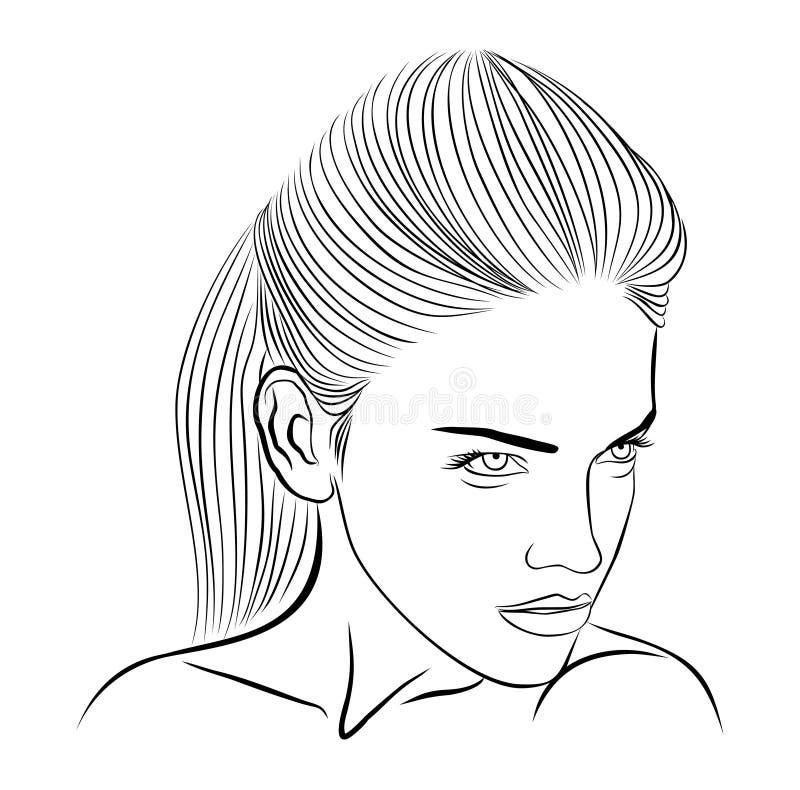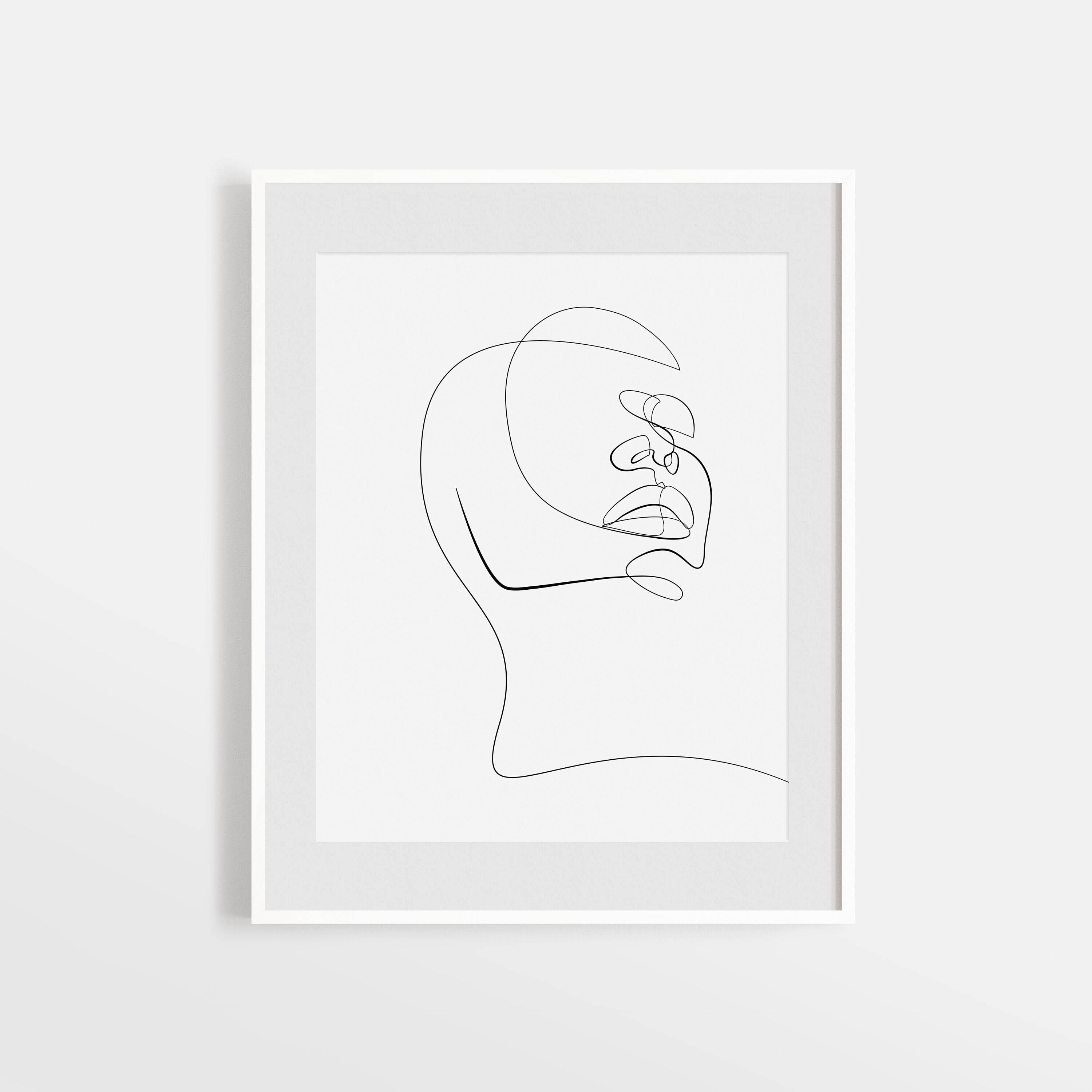

If the part or assembly is three-dimensional and the selected faces are nonplanar or do not lie in the same plane, do the following:

Abaqus/CAE highlights the selected faces. You can then select the datum axis to control the orientation of the part on the Sketcher grid.Ībaqus/CAE highlights the selected edge, enters the Sketcher, and rotates the part until the selected planar face or datum plane aligns with the plane of the Sketcher grid and the selected edge aligns with the grid in the desired orientation. If the part or assembly does not have an edge that will provide the desired orientation, you can create a datum axis. To choose a different orientation for the edge, click the arrow on the right side of the dialog box and choose an orientation from the list that appears. By default, the selected edge will appear vertical and on the right side of the Sketcher grid. The edge must not be perpendicular to the sketch plane. If the part or assembly is three-dimensional and the selected faces are planar, select an edge and the orientation of the edge on the Sketcher grid. If the part or assembly is two-dimensional or axisymmetric, Abaqus/CAE enters the Sketcher and highlights the selected faces. For more information, see Using the selection options. If you are unable to select the desired faces, you can use the Selection toolbar to change the selection behavior. For more information, see Selecting objects within the current viewport. You can use a combination of drag select, Shift Click, Ctrl Click, and the angle method to select more than one face to partition. If the part or assembly contains more than one face, select the faces to partition and click mouse button 2. If the part or assembly contains only one face, Abaqus/CAE enters the Sketcher. The Method list displays the methods that you can use to partition a face. For a diagram of the partition tools in the toolbox, see Using the Partition toolset.įrom the Type radio buttons at the top of the dialog box, choose Face. You can also use the sketch method to partition faces using the tool, located with the partition face tools in the module toolbox. Abaqus/CAE displays prompts in the prompt area to guide you through the procedure. The following figure illustrates a sketched partition on a nonplanar face using the projection of a sketch drawn on a datum plane:įrom the main menu bar, select Tools Partition. You can specify the direction of the projection and the distance of the projection, normal to the sketch plane. Abaqus/CAE creates the partition by projecting the sketch onto the faces to be partitioned. If any of the faces to be partitioned are nonplanar or do not lie in the same plane, you must select a planar face or datum plane on which to sketch. The following figure illustrates a sketched partition on a planar face: Your sketch can extend beyond the boundaries of the selected faces, but the partition will not extend beyond the edge of the faces. If the faces to be partitioned are planar and lie in the same plane, you can sketch directly on that plane.


 0 kommentar(er)
0 kommentar(er)
